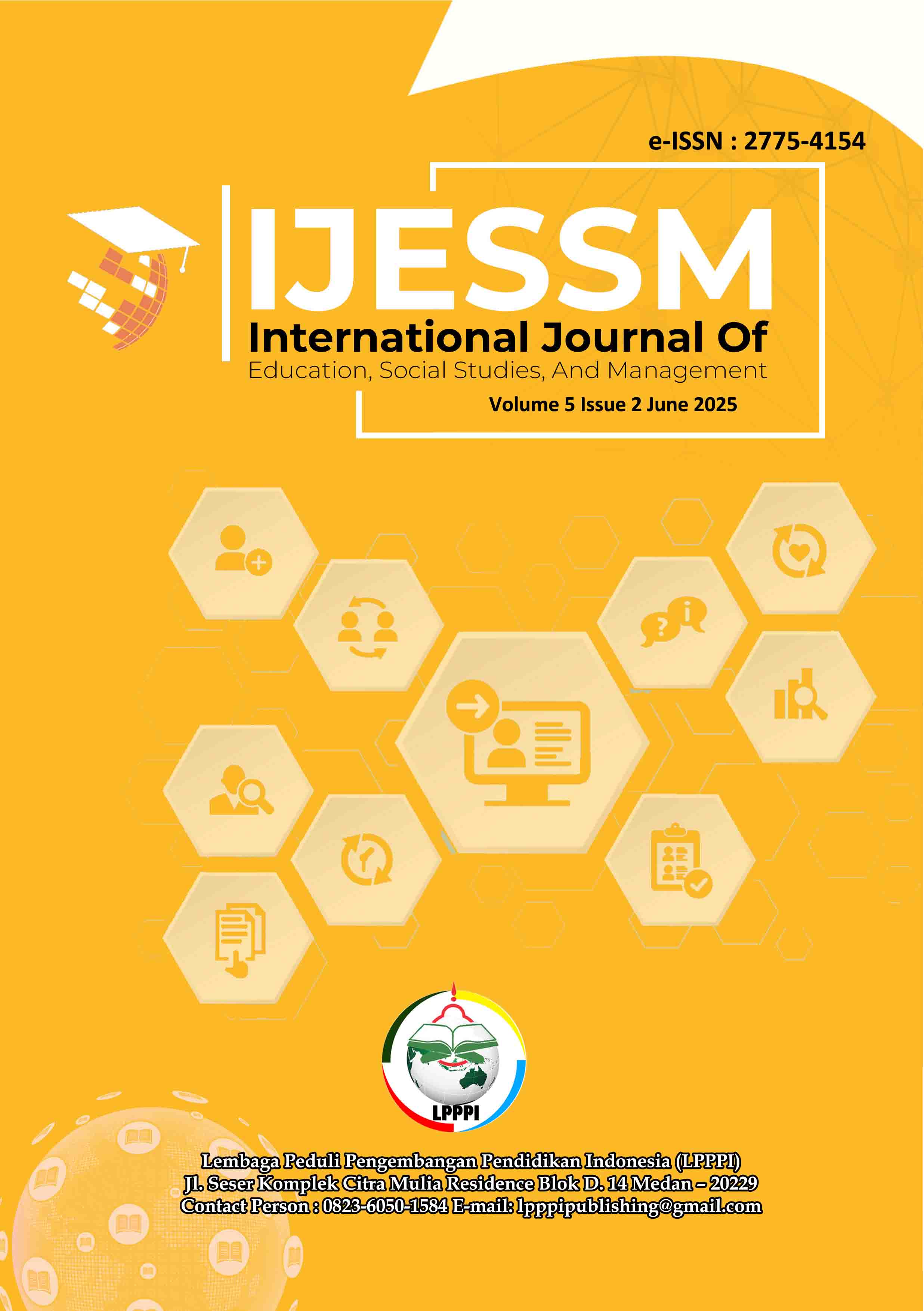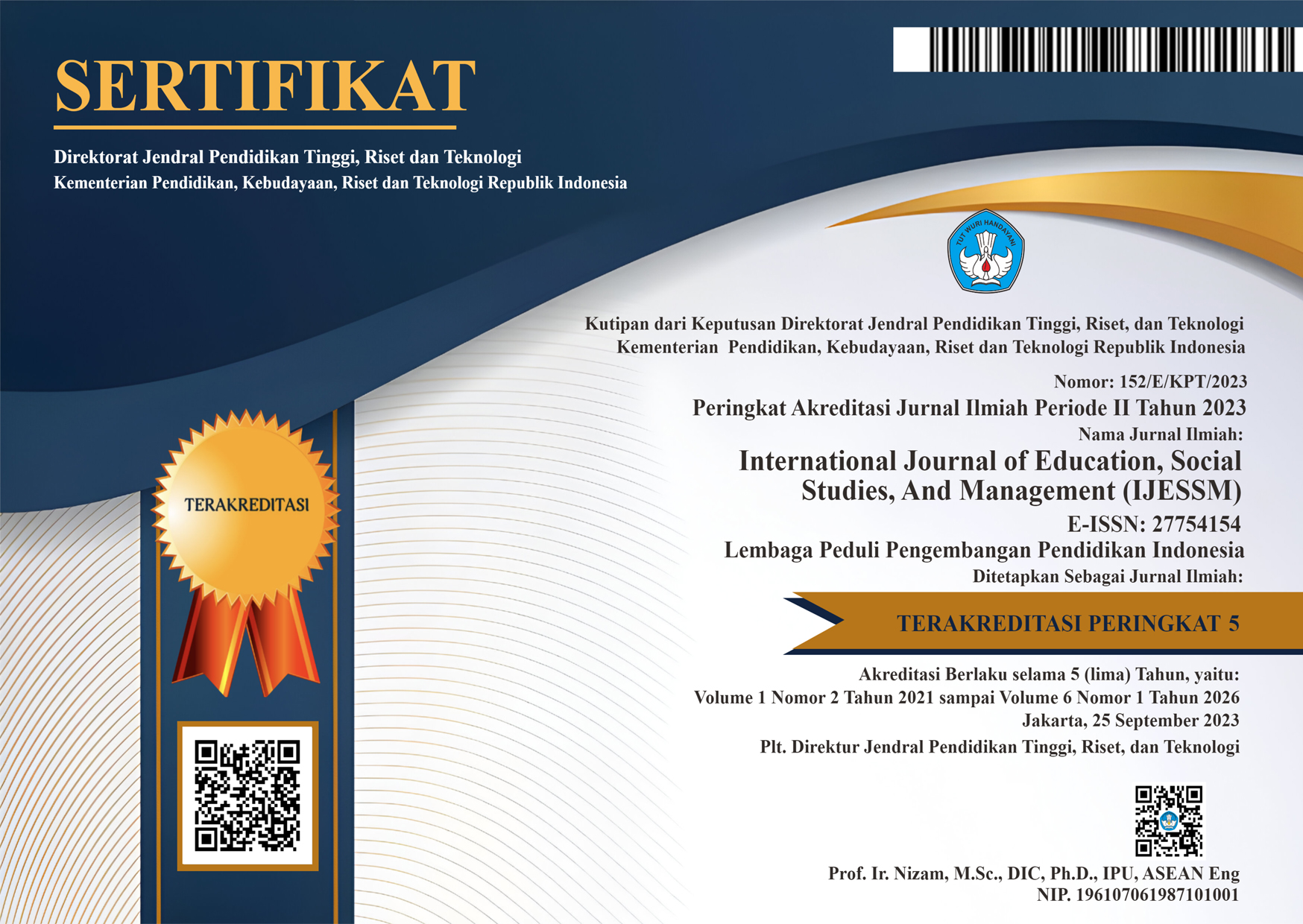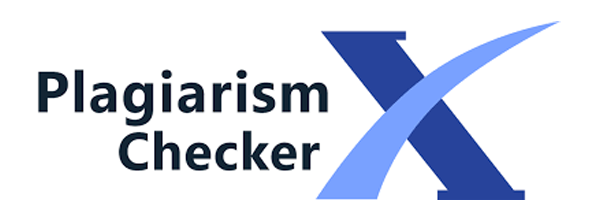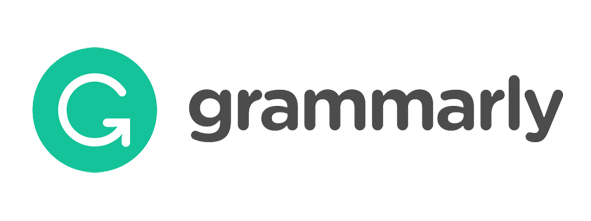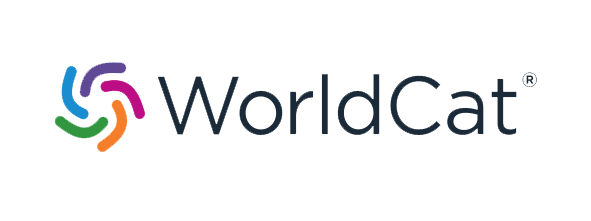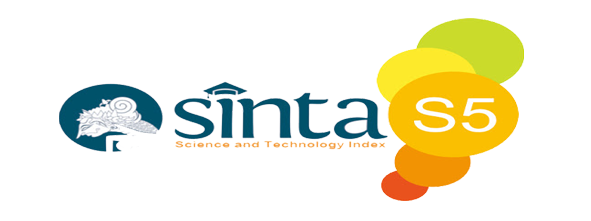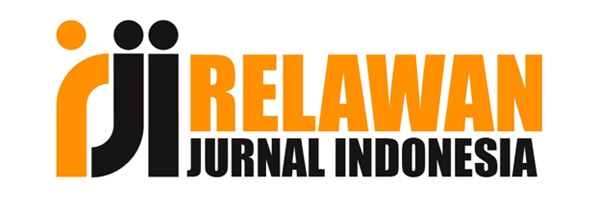Analysis and Design of Development of PAI Teaching Materials and Learning Resources At SMP PAB 2 Helvetia
DOI:
https://doi.org/10.52121/ijessm.v5i2.856Keywords:
Teaching Materials, Learning Resources, Islamic EducationAbstract
This study aims to analyze the current conditions and obstacles and formulate strategies for developing teaching materials and learning resources for Islamic Religious Education (PAI) at SMP PAB 2 Helvetia. The research approach used is qualitative with a descriptive-analytical design. Data was collected through in-depth interviews with IRE teachers, the school principal, and students, observations of the learning process, and a review of curriculum documents, syllabi, lesson plans, and instructional materials used. The research results indicate that the development of PAI teaching materials still heavily relies on standard textbooks provided by the government, while teachers' creativity in developing additional teaching materials is relatively limited. The main challenges faced include time constraints, high administrative burdens, lack of specialized training in developing innovative teaching materials, and limited access to diverse reference sources. Nevertheless, teachers, students, and school officials are highly aware of the importance of more innovative, contextual, interactive, and integrative teaching materials. The strategies identified include adapting learning materials to the needs and characteristics of students, utilizing simple digital media, developing learning activities that encourage critical thinking, and integrating Islamic values into everyday life. This study recommends enhancing teachers' competencies through continuous training, providing adequate supporting facilities, and strengthening collaboration between teachers, schools, parents, and policymakers to create effective, meaningful, and character-building Islamic education.
Downloads
Published
How to Cite
Issue
Section
License
Copyright (c) 2025 Muhammad Akbar Mukti, Nasrul Nasution

This work is licensed under a Creative Commons Attribution 4.0 International License.

